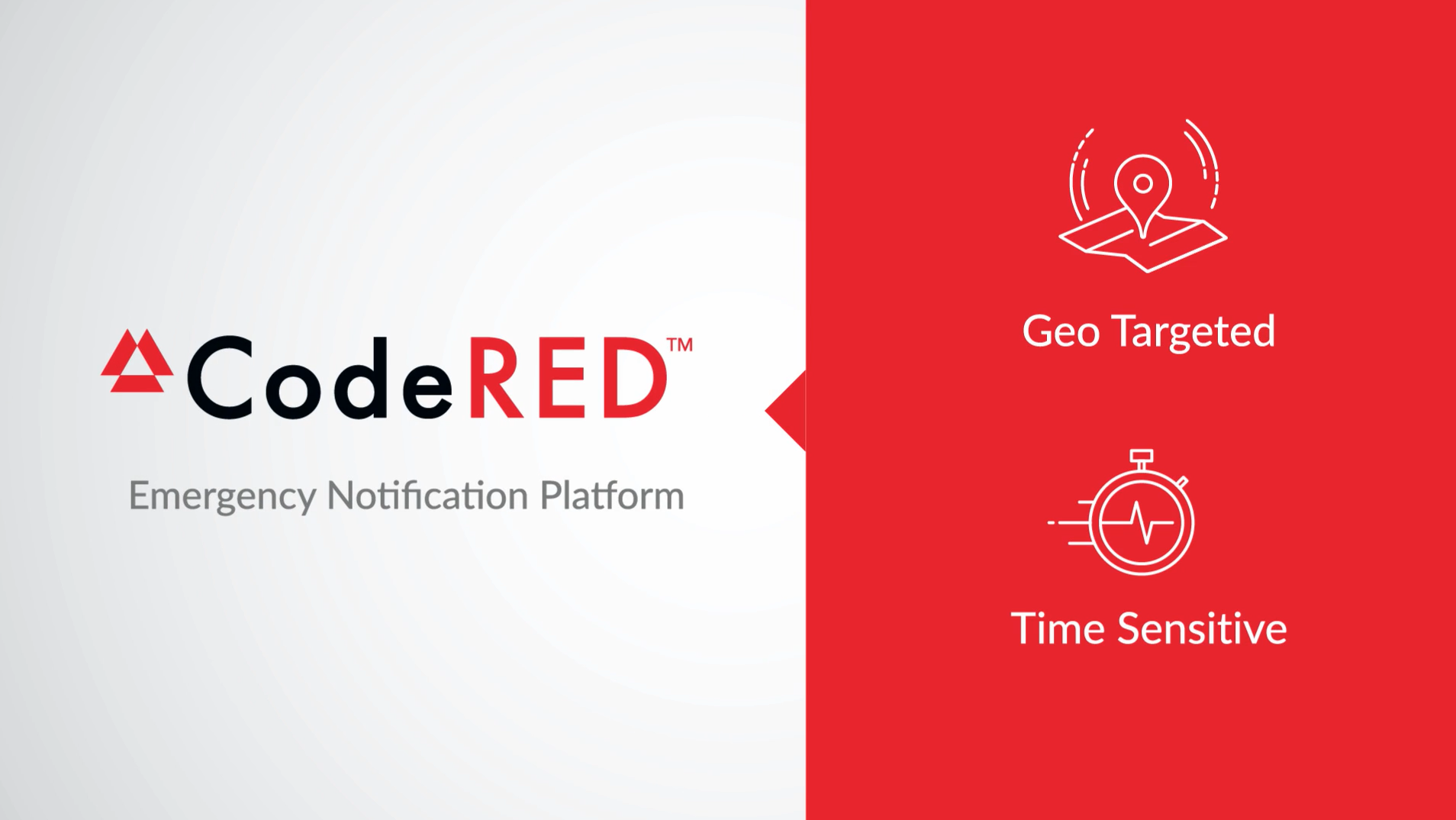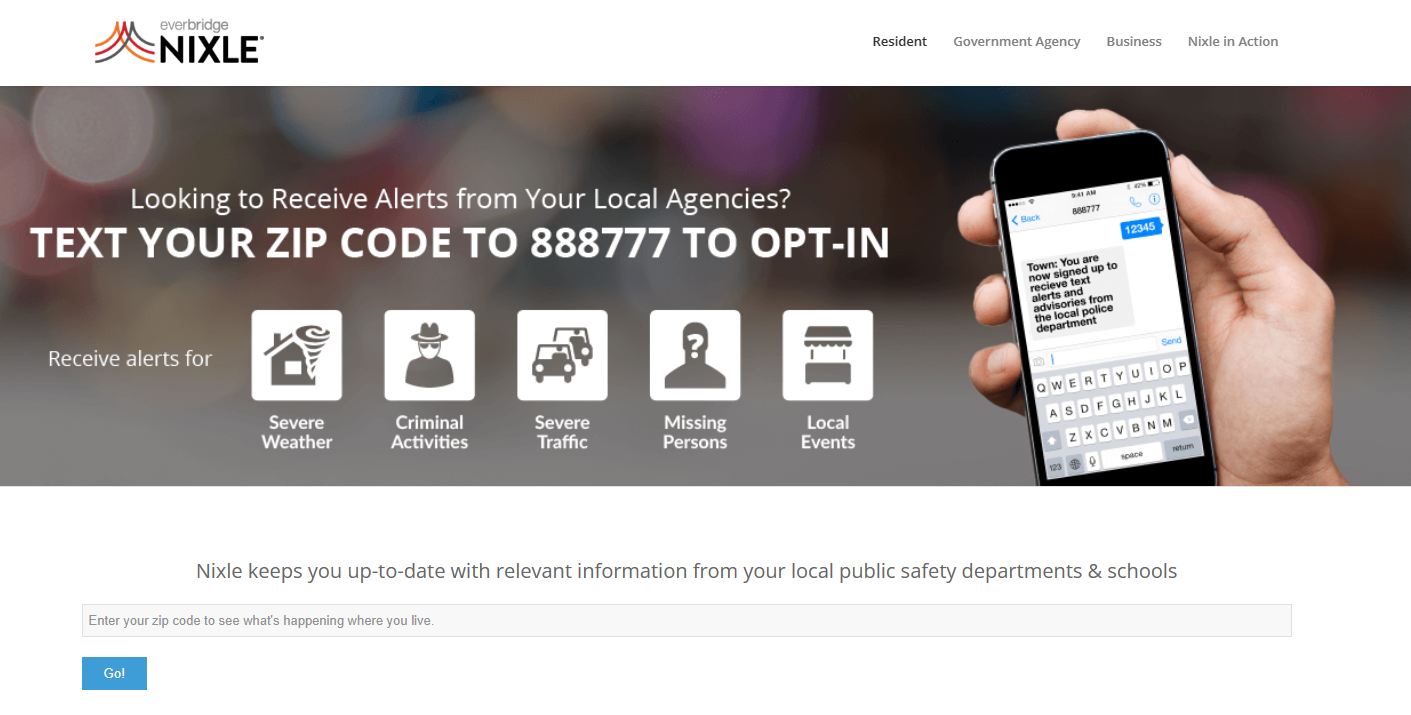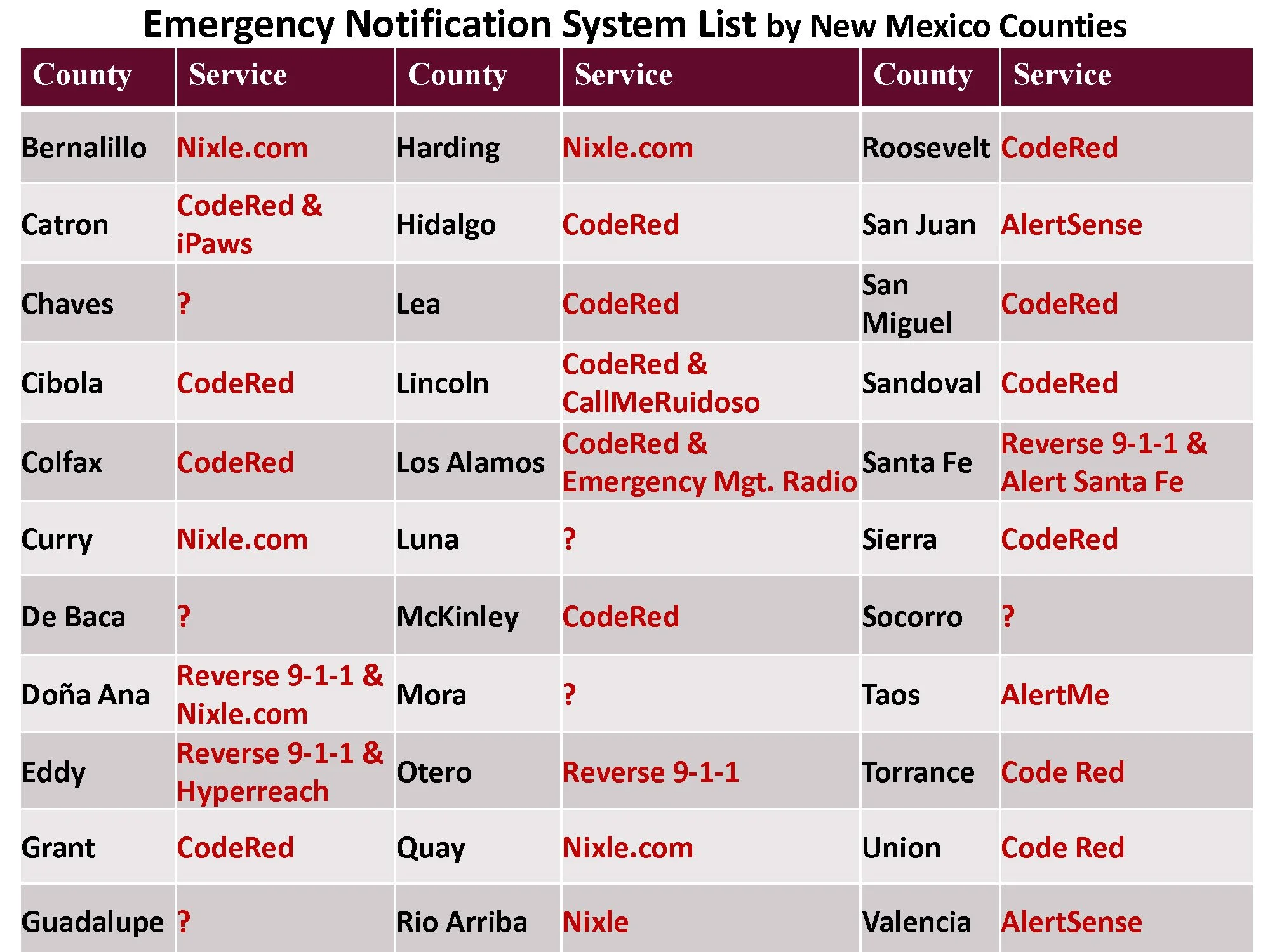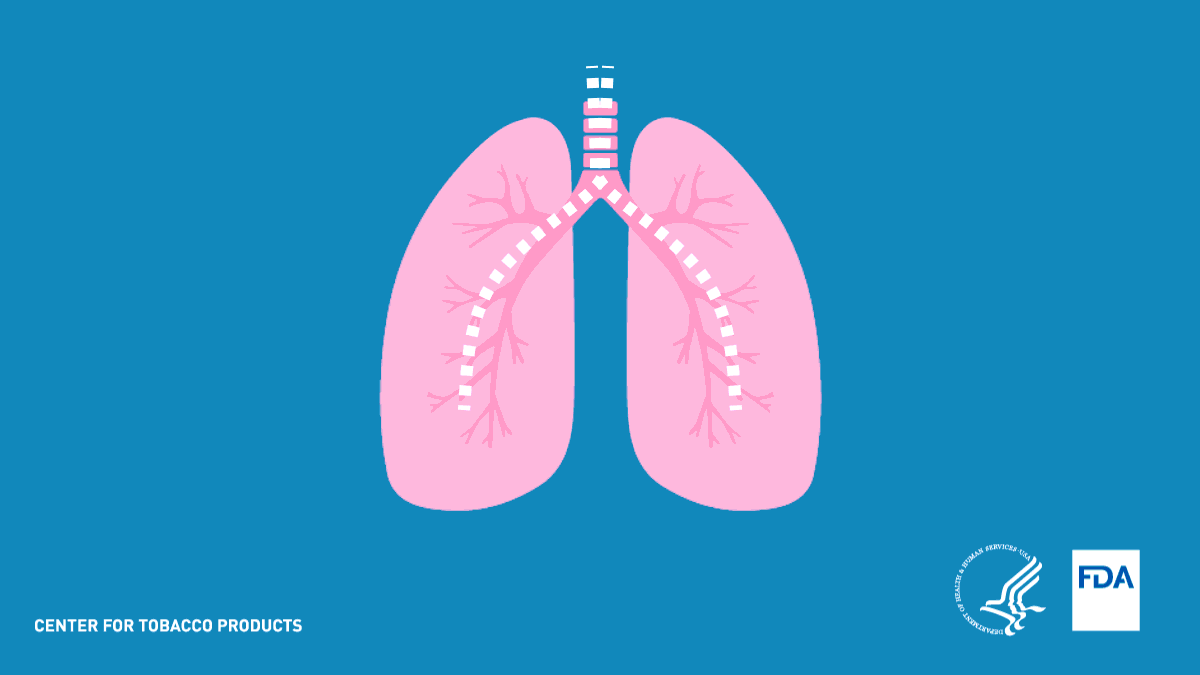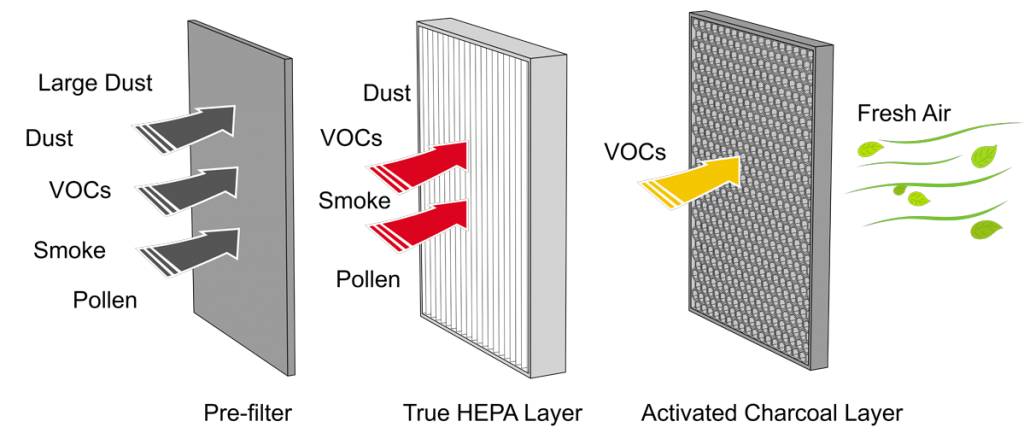Happy Wednesday, Greater Santa Fe Fireshed Coalition readers!
After a busy week, we’re back with more information on getting ready for wildfires in Part II of our Preparing for Spring Ignitions Wildfire Wednesdays blog series. Part I can be found here. As the days get longer, warmer, and windier, we will continue discussing how to prepare and stay informed for ignitions, smoke, and flames in 2023.
Today’s Wildfire Wednesday features:
Staying informed during a wildfire
Community Wildfire Defense Grant (CWDG) awards
Job announcement: Fire Adapted Communities Manager
CWPP Assistance Program application information
Upcoming events and opportunities for engagement
Take care,
Rachel
During a Fire - Staying Informed
Be aware of active incidents
Notification systems can alert residents of risks and evacuation needs during emergencies. Emergency management agencies, counties, and even individual cities have developed local emergency alert systems which send notifications to cell phones and computers in the area based on a device’s location data.
CodeRED alert system allows state and local agencies to deliver geo-targeted, time-sensitive information to individuals who have registered to receive alerts. Notifications can be sent via email, SMS, voice, mobile app push notifications, Integrated Public Alert & Warning System (IPAWS), and more depending on the severity of the situation.
Nixle is another alert system preferred by some local agencies to provide real-time text notifications of natural disasters, severe weather, missing persons, and more. You can opt in by texting your zip code to 888777.
Ready.gov provides information on different types of emergency alerts, what purpose they serve, and how to sign up. Visit the website to learn more.
Local registration: certain counties around New Mexico have developed emergency notification systems which allow incident managers to alert residents to an emergency in their area. Below are links to sign up for some of the most heavily populated parts in the state, or you can search online by county to find information for your area.
Air quality and other important alerts
For all residents, especially those who are sensitive to or at-risk for respiratory hazards, summer wildfire smoke can present a serious nuisance and a health hazard. The first step toward protecting yourself and your family is to be in the know when the air in unhealthy to breathe.
AirNow is a collaborative effort of governmental and local air quality agencies to provide educational and real-time resources on air quality, wildfires, and more. The site provides interactive Air Quality Index (AQI) maps, Fire and Smoke maps, and information on using AirNow during wildfires.
IQAir AirVisual website and app provide real-time air quality information based on sensors close to your location. The app also provides air quality forecasts and health recommendations to reduce your risk during times of high-exposure to pollutants. This software may be linked to personal IQAir air quality monitors for best accuracy.
PurpleAir is another source of real-time local air quality information provided on a publicly available map. It pulls data from a network of air quality monitoring sensors to provide alerts of the density of PM2.5 pollutants in a given area.
Best practices for healthy lungs
Wildfire smoke effects on sensitive population:
Lung or heart disease: individuals with heart disease, chest pains, lung disease, and asthma are at an increased risk from wildfire smoke.
The elderly: elderly individuals are also highly susceptible to wildfire smoke due to an increased risk of heat and lung diseases.
Children and infants: children and infants have airways that are still developing and breathe more air per pound of body weight than adults. Children are more at risk since a majority of their time is spent engaging in activities and play.
Take steps to reduce risks to your health:
Check local Air Quality Index (AQI).
View and download Clean Indoor Air info: informational sheets to guide you to clean air indoors during wildfire smoke events.
Limit outdoor exposure: Staying indoors as much as possible during wildfires can help reduce your risk of health complications from smoke. Limiting or abstaining from outdoor activity is advised when smoke from wildfires is present.
Keep indoor air as clean as possible: If advised to stay indoors from high levels of wildfire smoke, keep all windows and doors closed. Use an air conditioner or HEPA filter if you have one but keep the fresh-air intake closed and the filter clean to prevent outdoor smoke from getting inside. If you do not have an air conditioner or filter, seek shelter in a designated evacuation center or away from wildfire smoke activity. Learn about FACNM’s HEPA loan program.
Follow advice from your healthcare provider: If you are sensitive to smoke from wildfires, or experience trouble breathing from smoke, contact your healthcare provider immediately.
Ash clean-up:
Do not use leaf blowers.
Do not allow children to play in the ash.
Wait until conditions improve to clean up ash.
Use a damp cloth and spray areas lightly with water, direct the ash-filled water to the ground areas, and away from the runoff system.
Take your vehicle to the car wash and wash toys that have been outside in the ash.
Due to its corrosive nature, avoid skin contact with the ash by wearing gloves and long-sleeved shirts.
If you have existing heart or lung conditions, avoid doing ash clean-up yourself or anything else that stirs the particles back up into the air.
Expanding Fire Adapted Communities
CWDG Grant awards and employment opportunity
A 1.3 million dollar grant awarded to the Forest Stewards Guild (the Guild) will go toward reducing the wildfire hazard for Santa Fe, Pueblo of Tesuque, Pueblo of Nambe, and surrounding communities. Under the eligibility terms of the Community Wildfire Defense Grant (CWDG), this funding will support projects described in the 2020 Santa Fe County Community Wildfire Protection Plan.
Over the next five years, the Guild and partners in the Greater Santa Fe Fireshed Coalition will engage in Community Wildfire Mitigation by conducting over 500 home hazard assessments and completing more then 125 acres of high priority fuel mitigation treatments. The Coalition will work to elevate public outreach and education while simultaneously increasing the number of Fireshed Ambassadors. Expansion of the Fireshed Ambassador program, which is based on the knowledge that neighbors are influenced by neighbors and that volunteer community leaders can multiply the efforts of subject matter experts, will foster Fire Adapted Communities. This work will be facilitated by a new Fire Adapted Communities Manager based in Santa Fe.
Read more about the grant award, the FAC Manager position, and how the Guild plans to decrease fire risk in the greater Santa Fe area on the Greater Santa Fe Fireshed Coalition webpage.
Read about all five CWDG proposals, totaling $11,482,174, which have been funded across the state on the US Forest Service grants webpage under “New Mexico”.
CWPP Assistance Program
Fire departments and partnering agencies encouraged to apply
Managed by the International Association of Fire Chiefs (IAFC), this Community Wildfire Protection Plan Assistance Program aims to provide resources for updating or developing CWPPs and engagement efforts to six departments/agencies in communities at high-risk of wildfire. Each department will be responsible for reaching out to local interestholders, evaluating the plan per IAFC subject matter expert assistance and guidance, and ensuring community engagement.
There will be additional funding of up to $6,000 for a community engagement day and a required in-person tabletop evaluation of the CWPP at the end of development. This project will require a significant time commitment and dedication from department personnel, participation with interested community members, and a dedicated CWPP writer.
Timing
April 30, 2023 – Applications due.
Mid-May 2023 – Selected departments are notified.
June-July 2023 – In-person kick-off meetings to be completed.
July 31, 2024 – CWPP Evaluation Tabletop must be completed.
August 31, 2024 – Closeout reports are due to IAFC. A template will be provided.
Contact Derek Bullington at Derek.Bullington@iafc.org or (703) 537-4832 with any questions.
Upcoming events
Demonstrations
April 25 and 27, 10am - 4pm: Biomass Removal Demonstration Event, public open house, Flagstaff, AZ.
Dr. Han-Sup Han of ERI, in collaboration with Coconino County, UofA Cooperative Extension, and RMRS, will lead a one-week trial beginning April 24 testing the performance of an Air Curtain Burner for biomass disposal and a CharBoss for biochar production. Takes place at the Coconino County Public Works Facility at 600 E Commerce Avenue, Flagstaff, AZ 86004.
Webinars
April 21 at 12pm: Santa Fe National Forest Prescribed Burning Webinar, live on Facebook.
Join the Santa Fe National Forest leadership team as they discuss the use of prescribed fire on the national forest. Specific topics will include practices and procedural changes following the national 90-day pause on prescribed burning and implementation of the seven tactical changes from an operational basis. Held in partnership with FAC NM.
May 11 at 3pm: 2023 Forestry Division updates and fire preparedness resources, Zoom and Facebook Live with New Mexico Forestry Division.
Jacob Pederson with NM Energy, Minerals, and Natural Resources Department – Forestry Division joins FAC NM to discuss the role of Forestry Division before, during, and after fire. Specific topics may include the Prescribed Fire Act and certified burner training, Community Wildfire Defense Grant (CWDG) summer proposal preparation, and how the Forestry Division is innovating, leading, and staying involved with fire preparedness and recovery efforts.
May 11 at 12pm: Public Experiences and Perceptions with Wildfire and Flooding, Zoom webinar with the Southwest Fire Science Consortium.
Gain insights into public perceptions on wildfire and post-fire flooding with suggestions on how to improve information exchange! The research presented provides insights into public experiences with and perceptions of wildfires, post-wildfire flooding, and forest management more broadly over time, and offers suggestions for improving the exchange of information between and among agencies and the public to facilitate mutual understanding and enhance adaptive capacity for future wildfires and flood events.

